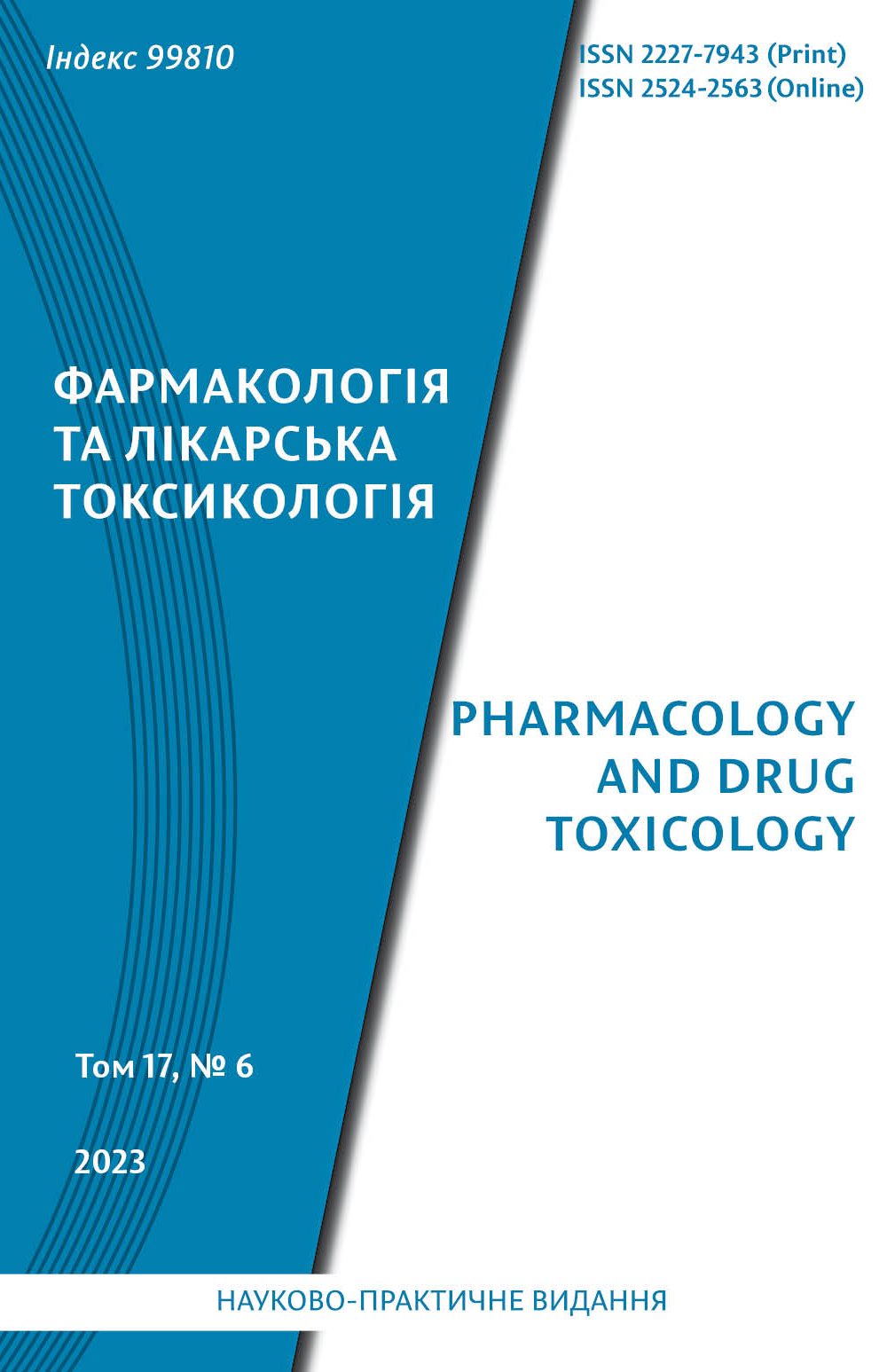Abstract
The risk of cardiovascular diseases developing in the population is due to a number of factors, some of which are fully or partially modifiable (smoking, obesity, hypodynamia, lipid imbalance, hypertension, diabetes and insulin resistance), and some of which can’t be corrected (genetic/family predisposition, age and gender).
The aim of the study is to summarize data on gender differences in the epidemiology of cardiovascular diseases, assess the frequency of development and clinical features of their course, characterize the role of sex hormones in the mechanisms of cardiovascular disorders, and outline possible ways of personalized prevention and treatment.
Young and middleaged men are more susceptible to cardiovascular disease than women of the same age group. These difference is associated with various biological effects of sex hormones and changes in their activity with age: estradiol increases the formation of vasodilators, reduces the activity of free radical processes oxidation, has antiapoptotic and antiinflammatory effects, while testosterone induces vaso constriction, activates the processes of lipid and protein peroxidation, and has a proapoptotic effect. In men, increasing in cardiovascular risk with age is associated with the development of the atherosclerotic process, while in women, the cardiovascular system is protected during childbearing age, which is asso ciated with genomic (control of the expression of vasoconstrictors – angiotensin II, endothelin I and cate cholamines) and nongenomic (influence on vascular, kidney and heart cells) effects of estrogens. Inde pendent factors of the formation and progression of cardiovascular diseaseas are an increase in the sul furcontaining amino acids homocysteine and cysteine in the blood, and a decrease of hydrogen sulfide content. In healthy adult men, the content of homocysteine and cysteine in the blood is significantly higher, and the content of H2S is lower than in women. After menopause, estrogen deficiency leads to an exponential increase in cardiovascular risk.
Thus, sex hormones form an anatomophysiological and pathobiochemical pattern of predisposition and manifestations of cardiovascular pathology in individuals of different sexes. Modulation of the level of sex hormones in the body can change the body's resistance to pathological processes. Further study of the molecular mechanisms integrated into the formation of sexual differences of cardiovascular pathology will provide an opportunity to develop new approaches for correction sexassociated pathology of the heart and blood vessels, as well as its personalized treatment and prevention.
